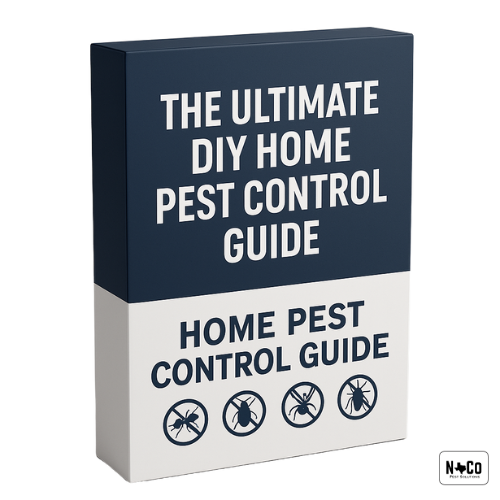Identifying a termite infestation early can save you thousands of dollars in structural damage to your home. Unlike many household pests, termites work silently behind the scenes, often causing extensive damage before detection. Here are the key signs to watch for if you suspect these wood-destroying insects have taken up residence on your property.
Read more about our Termite Treatments in Texas
Visual Signs of Termites
Mud Tubes
One of the telltale signs of subterranean termites—the most common and destructive species in Texas—is the presence of mud tubes. Termites build these pencil-sized tunnels to protect themselves from predators and dehydration as they travel between their colony in the soil and their food source (your home). Look for these tubes along your foundation walls, support piers, floor joists and other areas where your home connects with the ground.
Discarded Wings
During spring and early summer, reproductive termites (swarmers) leave their colonies to establish new ones. After finding a suitable location, they shed their wings, which often accumulate near windowsills, door frames and light fixtures. Finding tiny, translucent wings of the same size strongly indicates termite activity.
Frass (Termite Droppings)
Drywood termites, which don’t require contact with soil, leave behind small, pellet-like droppings called frass. These tiny pellets are often found in small piles near infested wood and resemble sawdust or coffee grounds. Unlike actual sawdust, frass pellets are six-sided and may vary in color from light beige to dark brown.
Audible and Tactile Signs of Termite Infestation
Hollow-Sounding Wood
Tap on wooden structures throughout your home, especially baseboards and window or door frames. If they sound hollow or papery, termites may have eaten away the interior, leaving only a thin veneer of wood or paint.
Tight-Fitting Doors and Windows
As termites consume wood and create moisture during the process, the resulting damage and humidity can cause doors and windows to become warped and difficult to open or close.
Structural Signs of Damage
Buckling Paint or Wallpaper
Termites create moisture as they tunnel through wood, which can cause paint to bubble or wallpaper to peel, particularly in areas where termites are active.
Sagging Floors or Ceilings
Advanced termite infestations may compromise structural integrity.
Sagging in floors, ceilings, or walls indicates significant damage that requires immediate professional attention.
Maze-Like Patterns in Wood
If you can access exposed wooden beams, look for maze-like tunnels within the wood grain. These tunnels are often packed with soil and termite waste, distinguishing them from damage caused by other wood-boring insects.
When to Call a Professional
If you notice any of these signs, acting quickly is crucial. While do-it-yourself termite treatments exist, they rarely address the root of the problem—the colony itself. Professional pest control specialists have the training, equipment, and access to commercial-grade treatments necessary to eliminate termites and prevent re-infestation effectively.
At NOCO Pest Solutions, we offer comprehensive termite inspections to confirm the presence of termites and assess the extent of the damage. Early detection is your best defense against these destructive pests, especially in Texas, where our warm, humid climate creates ideal conditions for year-round termite activity.
Remember, homeowners insurance rarely covers termite damage, making prevention and early intervention your most cost-effective strategies for protecting your investment.



